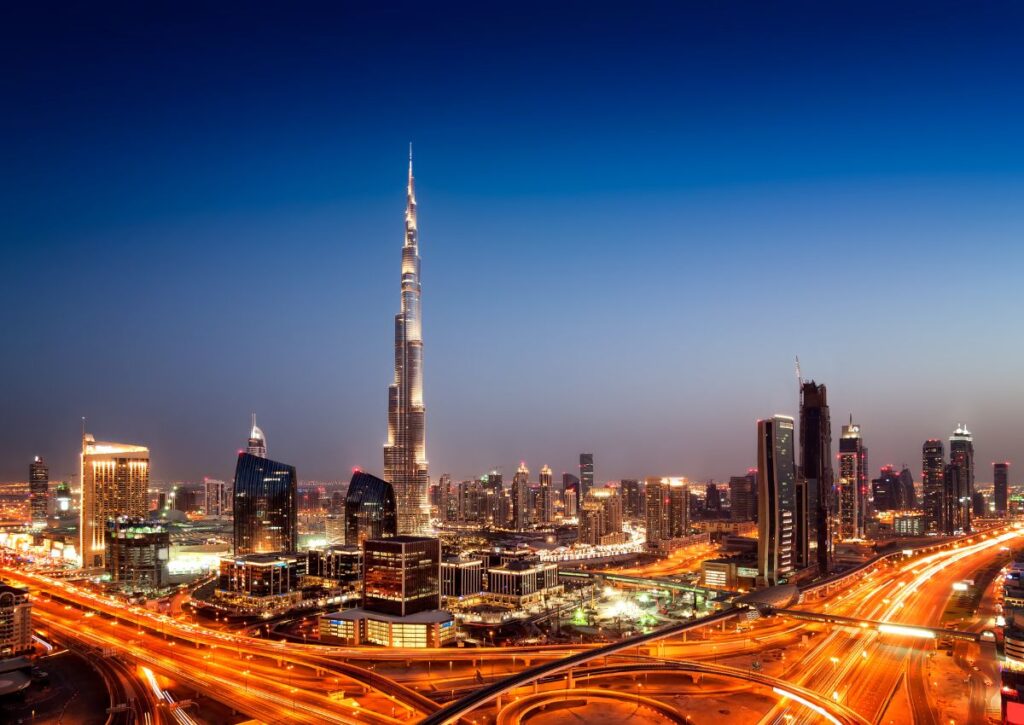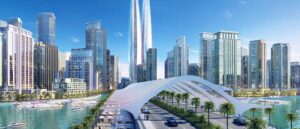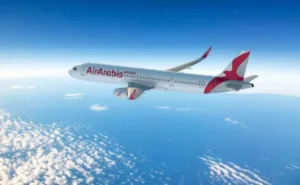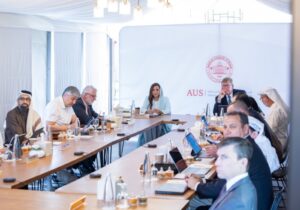
As a Dubai-based developer, I’ve witnessed firsthand the challenges and disappointments that come with investing in numerous promising communities. Time and again, master developers have promised the moon but ended up delivering a terrain that resembles it instead. It has become clear that investing and developing within certain master developments is akin to tossing the dice at a casino.
However, private master developers have stepped in and delivered truly exceptional communities. Majid Al Futtaim’s Tilal Al Ghaf, for instance, stands out as perhaps the most astounding community delivered in Dubai at its price point. The quality of materials and craftsmanship surpasses most others. Had they been granted the luxury of choosing the most prime locations, they would have undoubtedly topped any other community by far.
Reflecting on this, it’s evident that private master developers are outperforming their semi-government counterparts—though Emaar remains a notable exception. Emaar has consistently demonstrated that they operate more like a private entity, without relying on government grants or favors. This sets them apart from others who, despite having vast land banks and the ability to pick prime spots, have left them severely underdeveloped. Examples include Dubai Science Park, Studio City, Healthcare City 2, and many others.
Looking back, when District One was managed by Sobha, it was a trailblazing community, the first of its kind. However, after Meydan took over the remaining development, we struggled to achieve any solid profits. We were among just 5 of 50 plots that were actually built.
Delving deeper, the entire Dubai-land area, initially managed by Dubai Properties, was eventually sold to private master developers like Damac, who transformed it into the successful Damac Hills community. Similarly, what was once Golf City, another project by Dubai Properties, was reimagined as Damac Lagoons by Damac. Tilal Al Ghaf, another example, was picked up from Dubai Properties and developed into a paradise community. It overlooks a shadow of what was supposed to be a thriving community, Sports City—once envisioned as the beacon of sports entertainment.
Culture Village (now Jaddaf Waterfront) is another example where grand promises were made. It was the only freehold community on the creek, featuring landmarks like the opera house, the glamorous Versace hotel, and D1 Tower, one of the tallest structures in the city, along with the Jameel Museum. Despite all these attractions, we failed to recoup our investment there because the community was not developed as promised.
The point here is that only Emaar has consistently managed to fulfill its grand promises as a semi-government entity. The rest have struggled to deliver. Emaar’s takeover of what was once The Lagoons by Sama Dubai—a failed attempt by Dubai Properties—now rebranded as Creek Harbour, is another testament to their capability. It’s yet another fantastic achievement by Mohamed Alabbar.
If it’s not Emaar, these new communities must be developed in collaboration with the private sector. Many have proven themselves worthy of such tasks, including Majid Al Futtaim, Hussain Sajwani, Memon of Sobha, MAG Group, and others. The Dubai brand cannot afford to lose any of its glamour to broken promises.
About the Author:

Hamzah Abu Zannad is the Co-Founder and Managing Partner of Axiom Prime Real Estate Development, a leader in luxury real estate development. With a rich background in marketing management, business planning, and customer retention, Hamzah has successfully led his team in creating refined residential communities across the globe. Drawing on decades of experience in both the Dutch and Dubai markets, he is committed to delivering boutique, low-density living spaces that blend modern refinement with a personal touch. Hamzah is passionate about integrating smart technologies into his projects and fostering a culture of innovation and collaboration within his organization
READ MORE-
A Visionary Coach And Empowerment Expert: Neetu Choudhary
Navigating The Digital Landscape: Muhammad Aman Raffi’s Inspiring Journey






